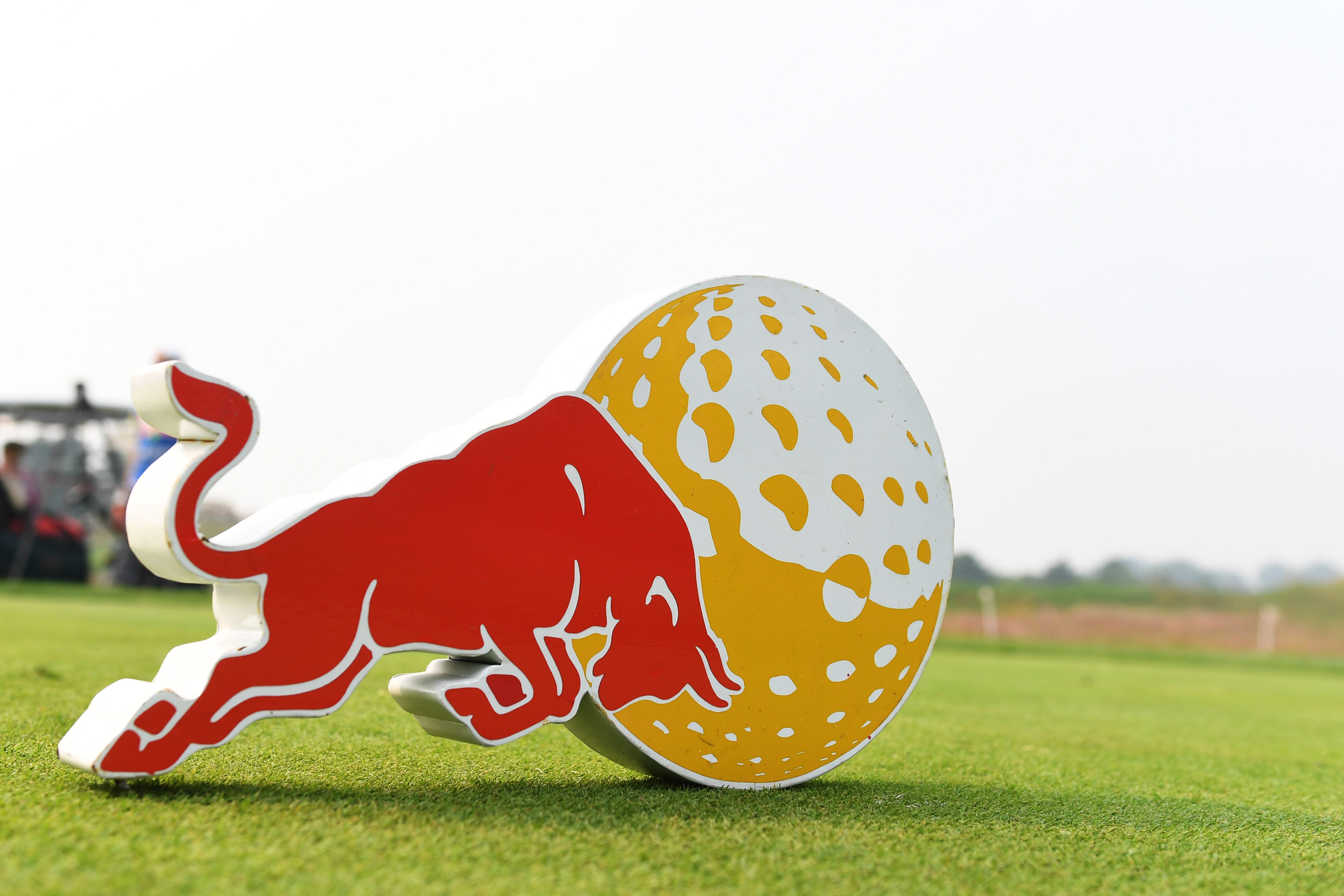Sponsorship – A Bigger Picture Behind The Game
Every sports fan knows about the money minting sponsorship factor, but is it really this simple? It acts as a catalyst for a younger generation to become a part of sports, but indirectly the corporate rivalry had made sports industry more of its maid than the master.

Long before the commercialisation made sports as a career, it was just an activity dedicated to the pure enjoyment, fun and in some cases, royalty. When rapid
A person sitting in Japan can sit back in comforts of his home and watch a baseball match happening in the US. What looks like a simple activity of brands appearing in a match, is just a façade. The real game is happening at the backstage. In short, every ad or logo that viewers see in a game is one small act in an elaborate play, where nothing happens without a reason.If we benchmark the knowledge of today’s average sports audience, we will find that many of them are aware of the sponsorship element in a game.
Not many, however, know the way it functions and how deep do the roots of sponsorship go. Sports sponsorship, is a form of marketing that involves targeting a large set of audience across the world to increase the brand reach through the variety of sectors of the sports industry including broadcasting, advertising, social media, digital platforms, ticket sales, and community relations. In a way, a company makes sure that its brand will get noticed and that will lead to a potential increase in the customer base.
To get to the bottom of it all, it is important to understand way sponsorship in sports functions. It is important to understand that none of the sponsorship that is shown to the viewers is done to promote that particular game or some athletes. In fact, the companies use the popularity of the sports and athletes in order to gain an extra over their competitors. And in order to do so, the hefty amount is paid by the companies to the concerned sports entity. For making the most out of the sponsorship, the sports entities are broadly classified into three major categories- Event, Team and Athlete.
The event can be a game, sets of games or an entire tournament in which a company might be interested in sponsor. This sponsoring can be of one of its products or brands, or the company as a whole. Depending on the popularity and reach of that event, a company might choose a package. So when a viewer sees an advertisement of Pepsi claiming one of its lucky customers to throw the first ball in a cricket match then that would mean PepsiCo has given ICC a huge amount to showcase its brand power in the middle of a match. Slazenger has been supplying the official ball of Wimbledon since 1902, and it was done for a reason and after paying a huge amount.

 © Getty
© GettyRecently,
Then there is the athlete. Not all athletes get to enjoy the fruits of endorsing a product or brand. Those who do, make the best out of it. Sponsors focus on athletes and try to make use of their massive fan following. It is similar to the endorsements done by a film star, however, what is fascinating to know is that sponsors make the maximum investments for an endorsement with an athlete. If Puma is paying $10 million to Usain Bolt per year, then it is not stopping there. Puma will be investing $10 million extra, just to activate the sponsorship. It is called brand activation, wherein a sponsor spends money to activate the deal, through heavy advertisements and promotions. However, the activation amount might differ depending on the popularity and reach of the athlete.

 © Getty
© GettyLike every industry parameters, the sponsorship is also bound by many rules and contracts. FIFA earns a lot through sponsorship. According to a report by Portada, it made $ 1.4 billion, just through sponsorship for Brazil World Cup 2014, which was 10% more revenue if compared from South Africa World Cup. But even after paying this large set of payment, sponsors are still bound by certain rules. These rules change from event to event and may differ from team to team, but the core concept stands still. For example, if any sports entity is being sponsored by Nike, then no other sports apparel brand can enter into a contract with it, no matter how large the sponsorship amount is. Similarly, there can be just one ticketing partner, one beverage partner and one TV rightsholder partner.
This concept is called exclusivity. However, depending upon the type of contract, this can be altered. Let’s say, if PepsiCo has entered into a contract with Team India for supplying soft drink Pepsi, and only Pepsi, Team India can have a deal with The Coca-Cola Company for supplying it with Powerade, which is an energy drink. If PepsiCo however, takes the exclusive rights to provide a complete beverage solution, then Coca-Cola Company is out of the scene. Also, there are very strict guidelines about how large and small the logos on the jersey can be. These guidelines are to be always adhered to, failing to which can even lead to the brand penalty. There is also a component of tier system in sponsors. The top tier or Top Sponsor or Presenting Sponsor, will always be paying the maximum sponsorship revenue to the sports entity, then no matter how big other sponsors are.
But recently, a new trend has started to emerge out of this big bubble. Where on one hand, sponsorship has led to a rapid commercialisation of sports. Where ticketing and government funds were the only two sources of revenue and income, companies have fuelled in an unimaginable sum of money into sports, making sports an industry of its own. On one hand, it has acted as a catalyst for a younger generation to become a part of sports, even if it is for the sake of money, indirectly, the corporate rivalry that eventually gave rise to the sponsorship, had made sports industry more of its maid than the master. Companies are no longer depending on sports industry, they are moulding it, using it for its own benefit.
The popularity of a brand is now decided by the exposure it gets. And like many things that money can buy, sports entities are unfortunately one of them. A team if more in pressure to perform on ground, not because it needs to win for the nation, but mostly because it needs the sponsor to keep paying them. A sportsman is more worried about his score now because he is aware of the unfathomable circumstances if any one or all of the sponsors decide to pull out their money. But as long as they keep performing and viewers are enjoying the show, it is a win-win situation for both side.

Comments
Sign up or log in to your account to leave comments and reactions
0 Comments